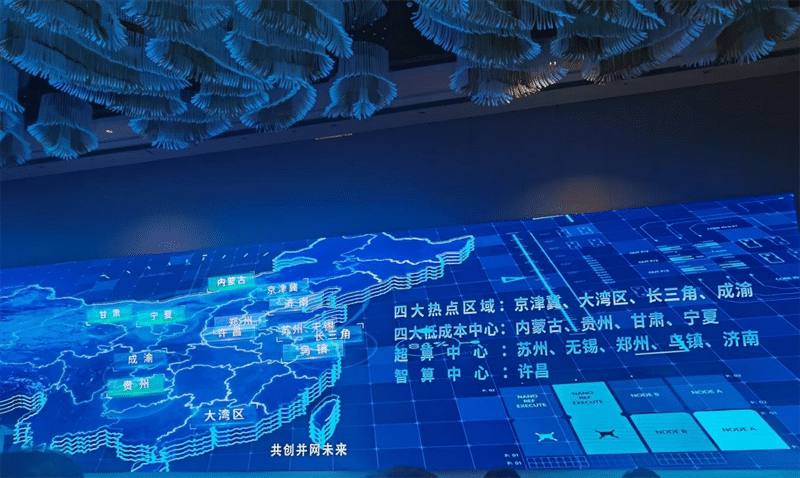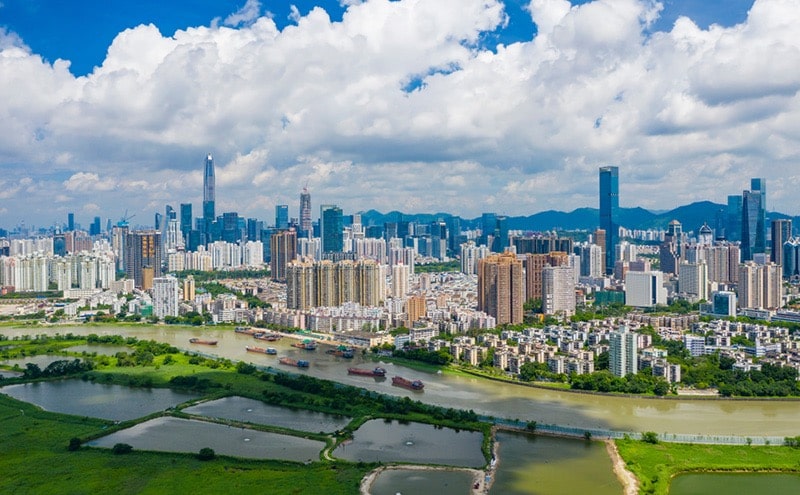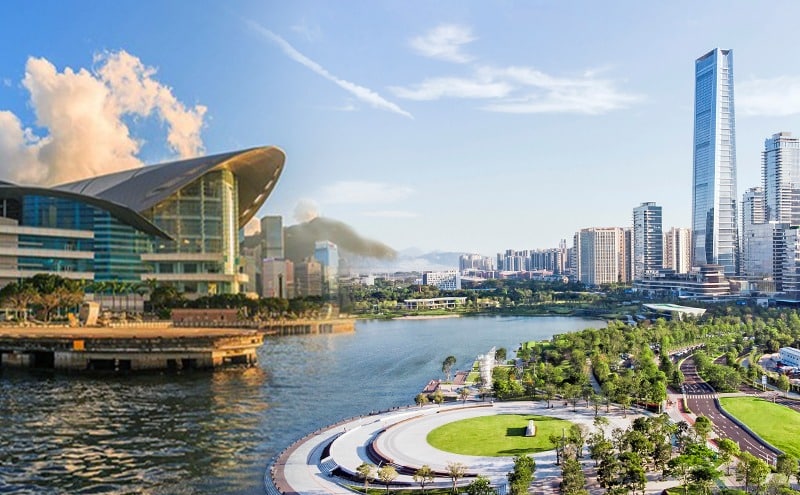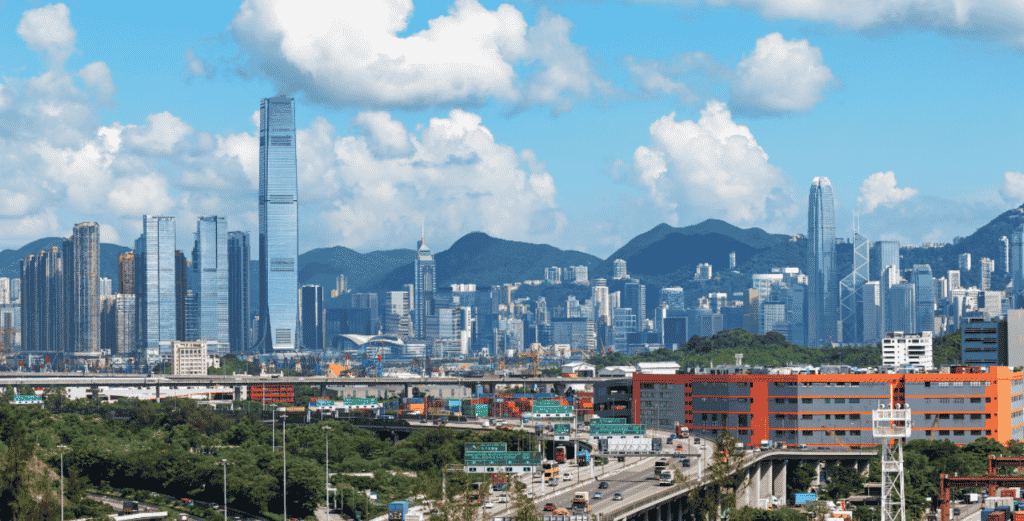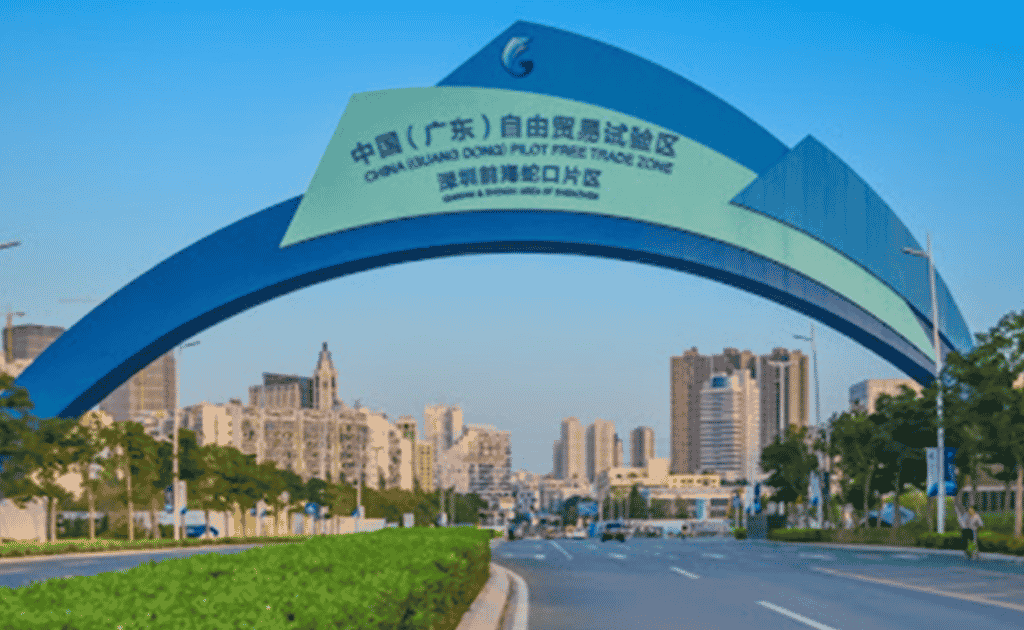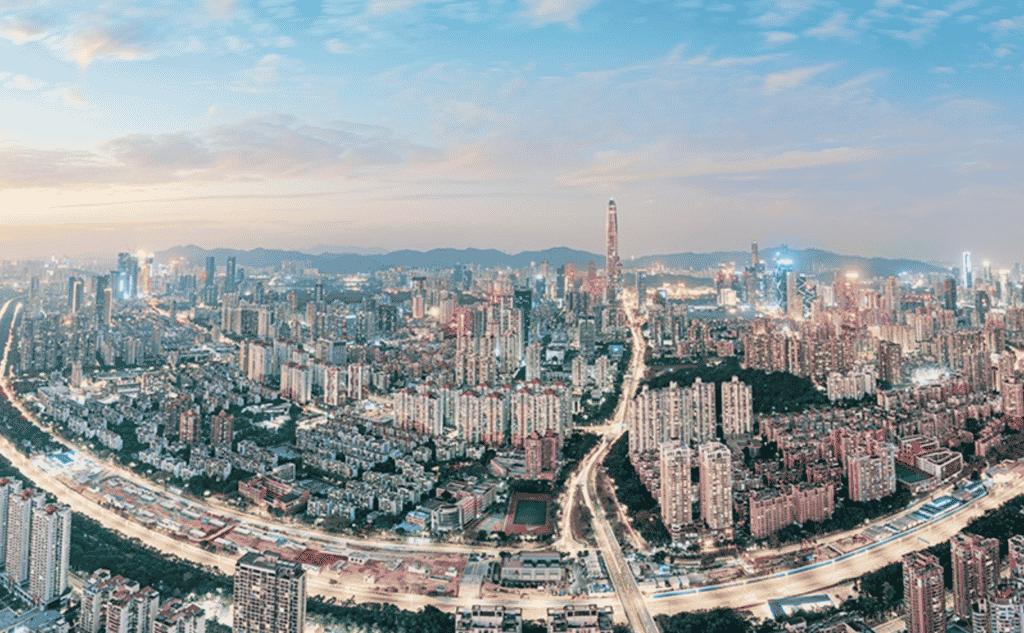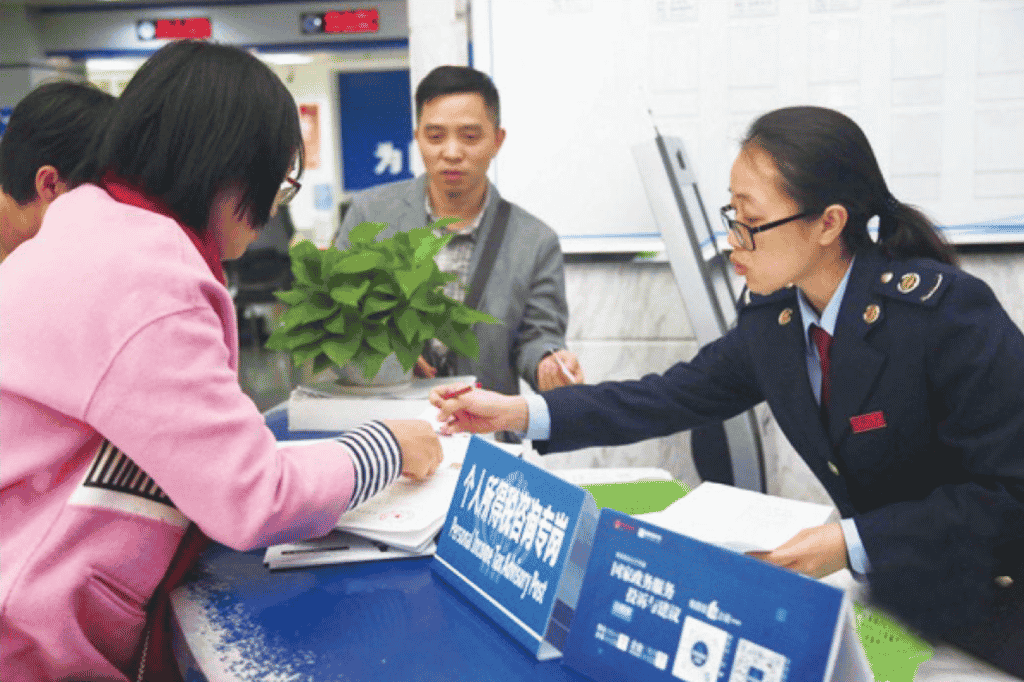Cross-border data flow in the Greater Bay Area
In order to develop a Bay Area economy with global influence and competitiveness, the Greater Bay Area emphasizes the circulation of factors such as people flow, logistics, capital flow, and information flow. The first three types of circulation have been promoted in recent years through cross-border transportation infrastructure, employment and residence certificates, streamlined customs clearance procedures, negative lists for market access, and foreign exchange management facilitation. The interconnection of information flows depends on eliminating cross-border data barriers. Last year, the SAR Innovation and Technology Bureau and the Cyberspace Administration of China signed a memorandum of understanding, which brought a breakthrough in the cross-border flow of data in the Guangdong-Hong Kong-Macao Greater Bay Area. In order to further promote the development of the digital economy, a standard contract for the cross-border flow of personal information was further launched at the end of last year, which is expected to reduce the compliance costs of enterprises.
Cross-border data flow in the Greater Bay Area Read More »
